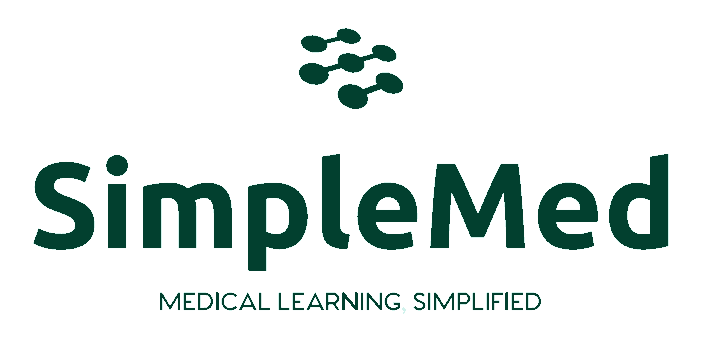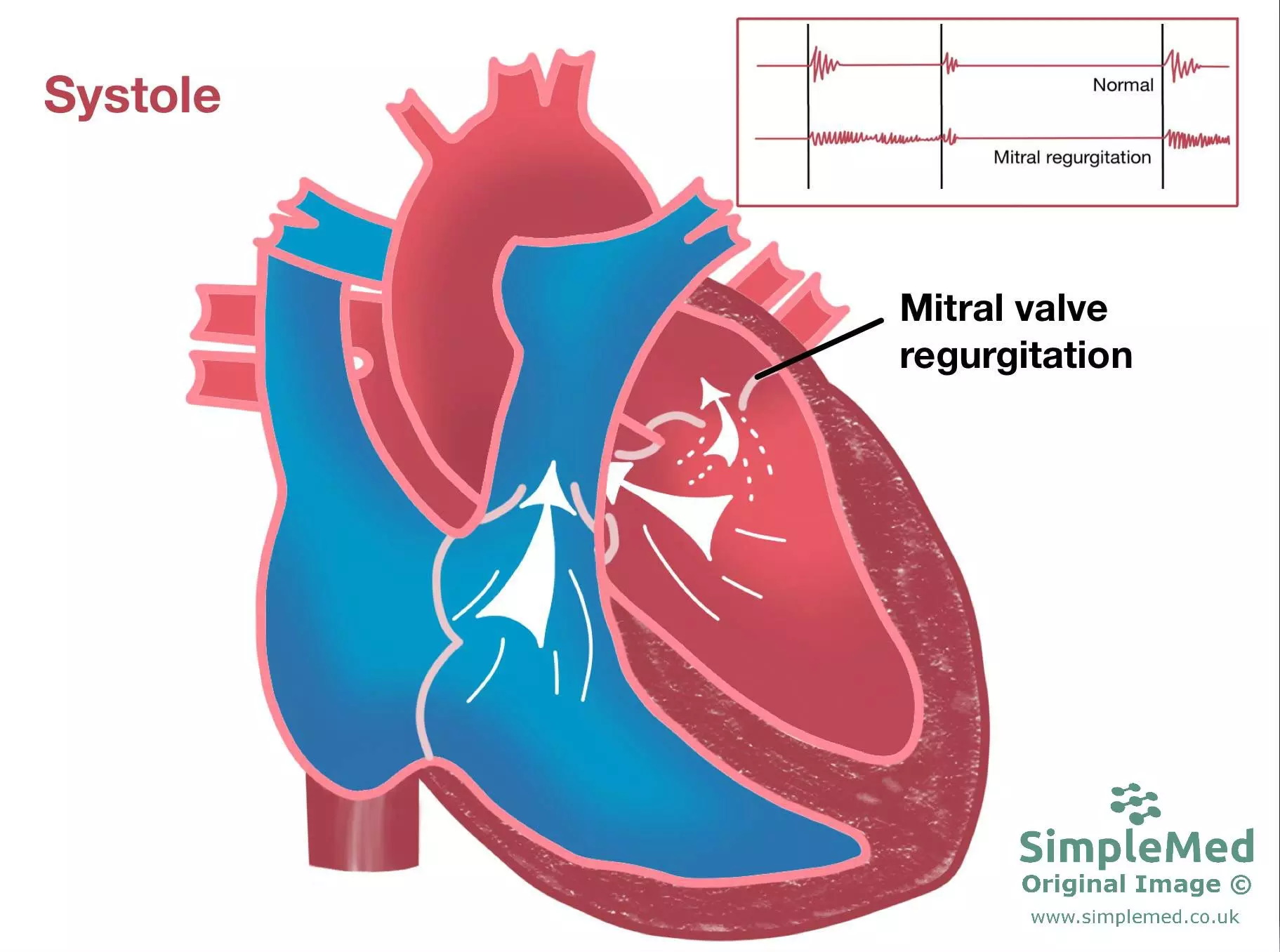Cardiovascular System
Learn the anatomy of the circulatory system, the physiology of the heart, its regulation of blood flow and the pathology associated with this vital organ.
Click a title to view the article on the topic and its associated quiz!
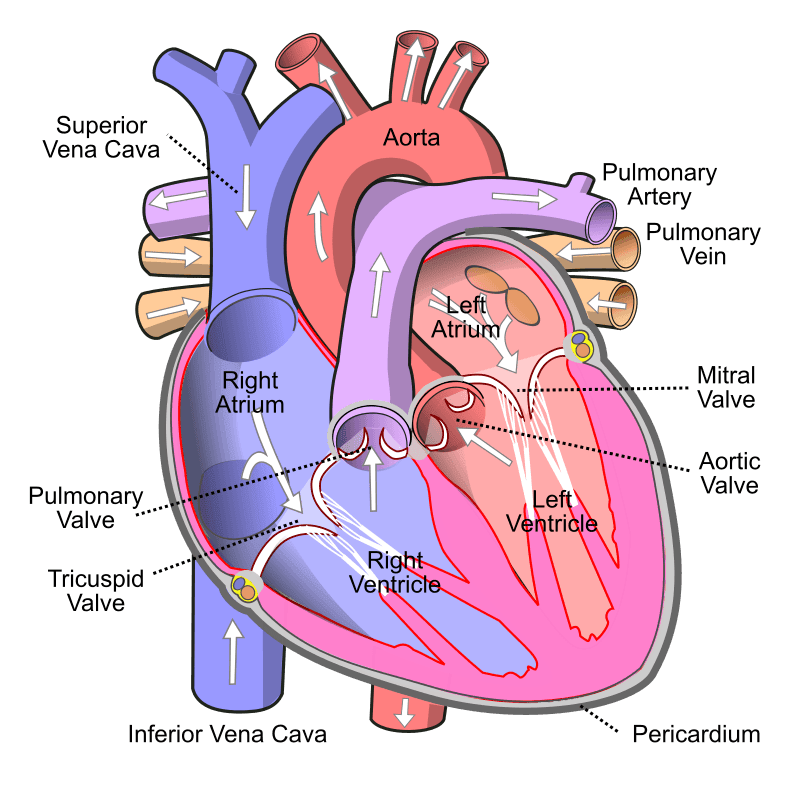
1. Anatomy of the Cardiovascular System
- Understand the structure of the heart
- Be able to recall the major arteries and veins of the body
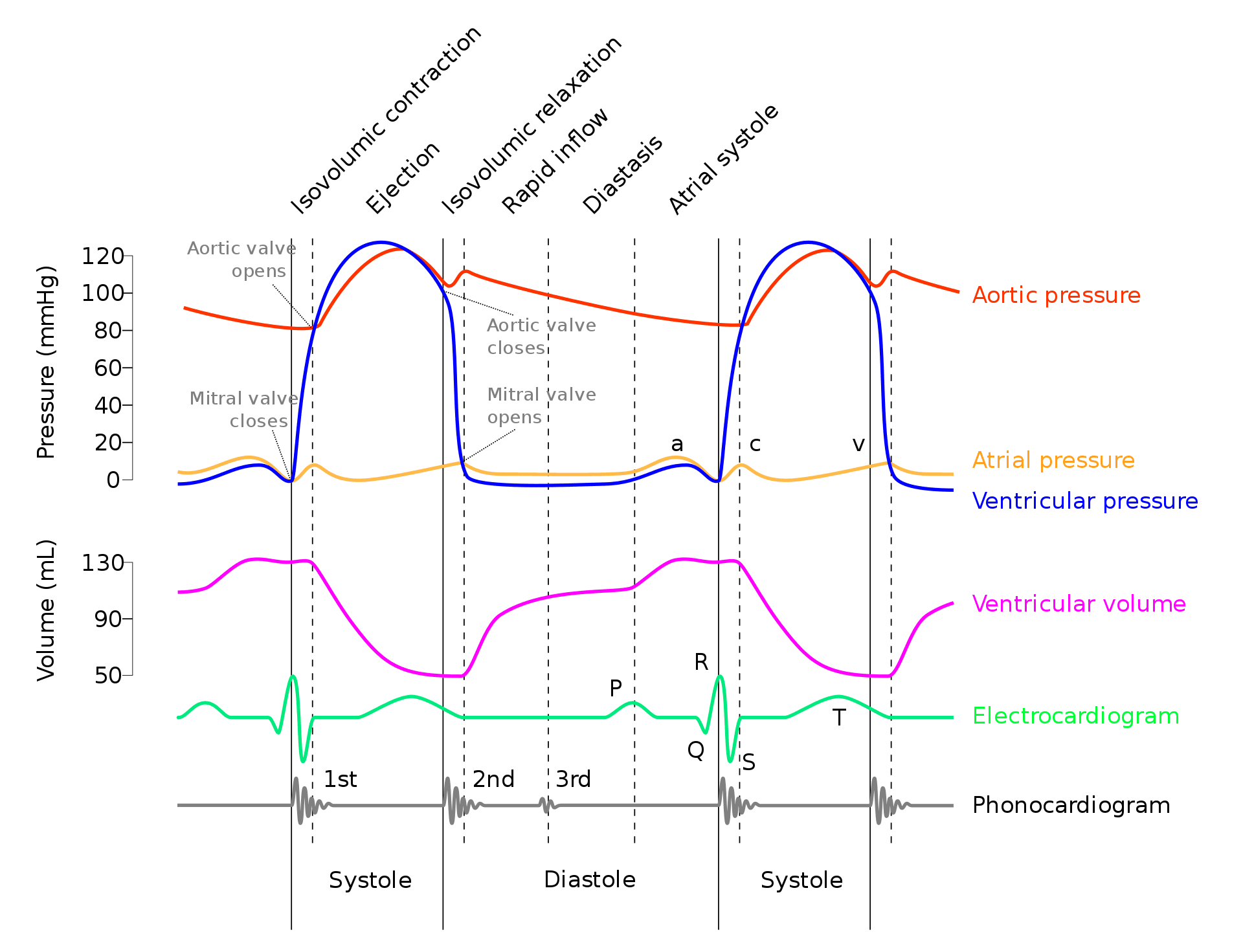
- Be able to describe the phases of the cardiac cycle
- Be able to recall the stages of the conduction system
- Be able to read a Wiggers diagram
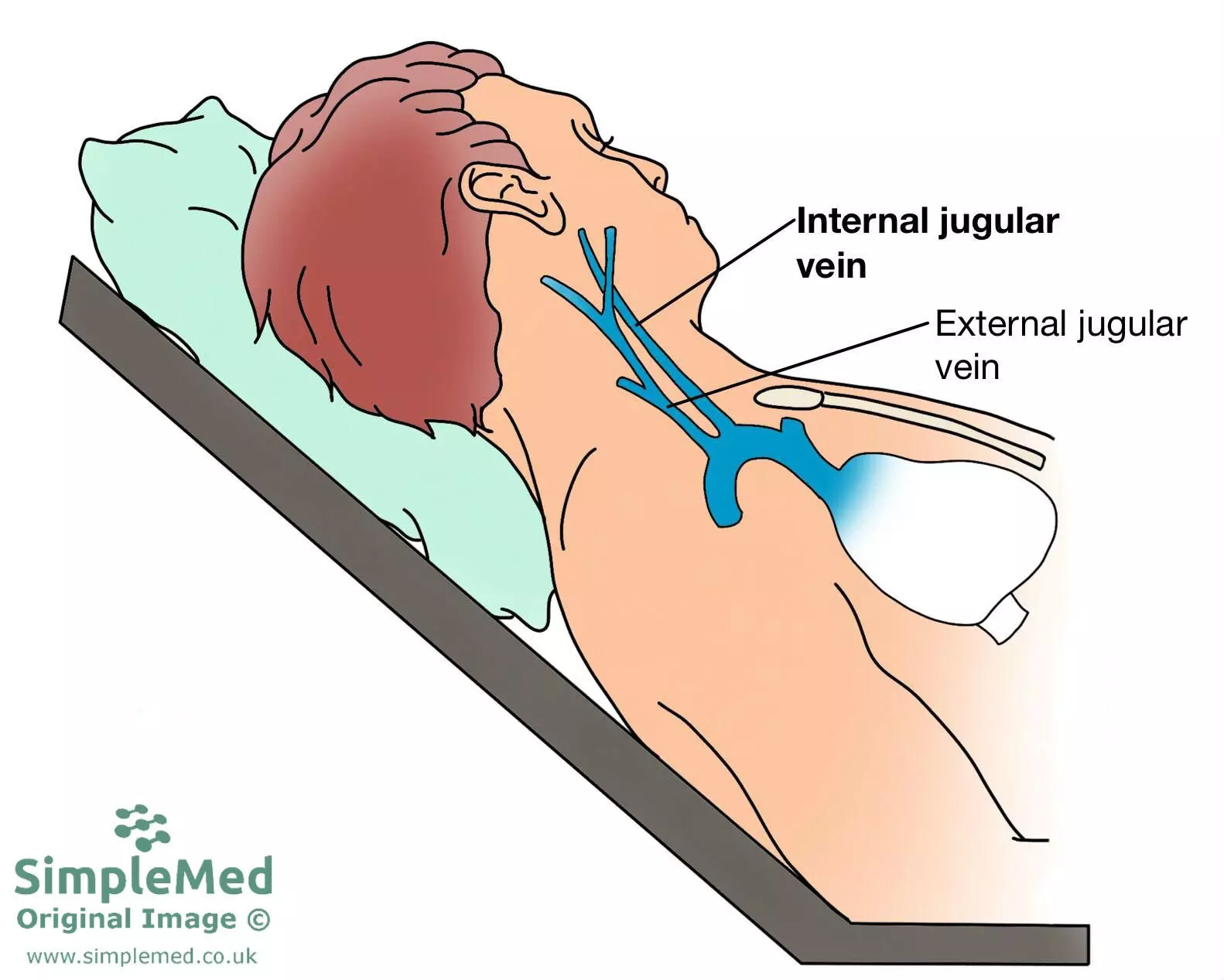
- Understand the types of flow in blood vessels
- Understand the different types of pulses
- Understand the importance of JVP
- Understand the importance of mean arterial blood pressure and how to calculate it
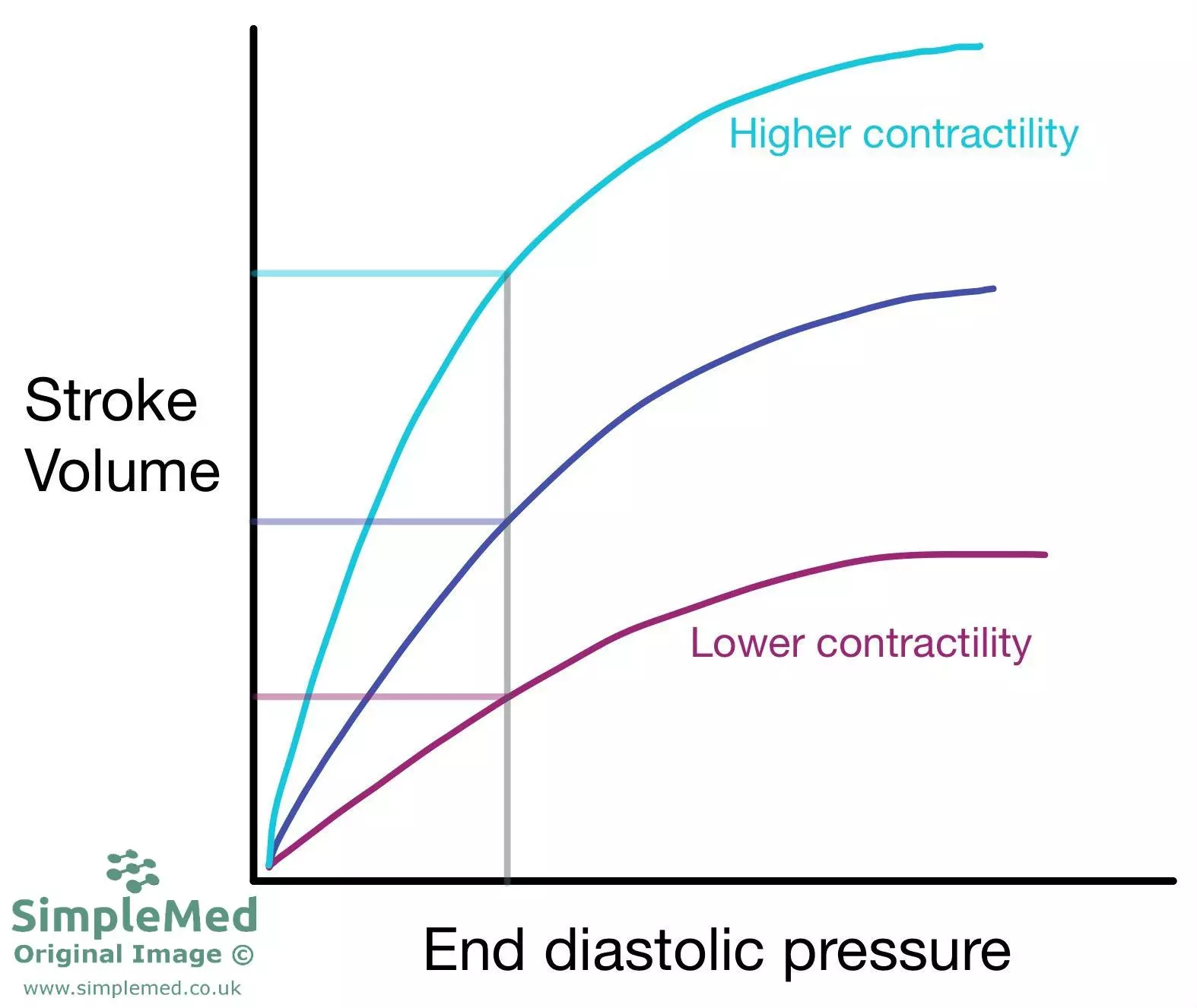
- Be able to describe the factors that affect cardiac output.
- Be able to use the Frank-Starling law to explain changes in cardiac output.
- Be able to understand the influence of the autonomic nervous system on the cardiovascular system.
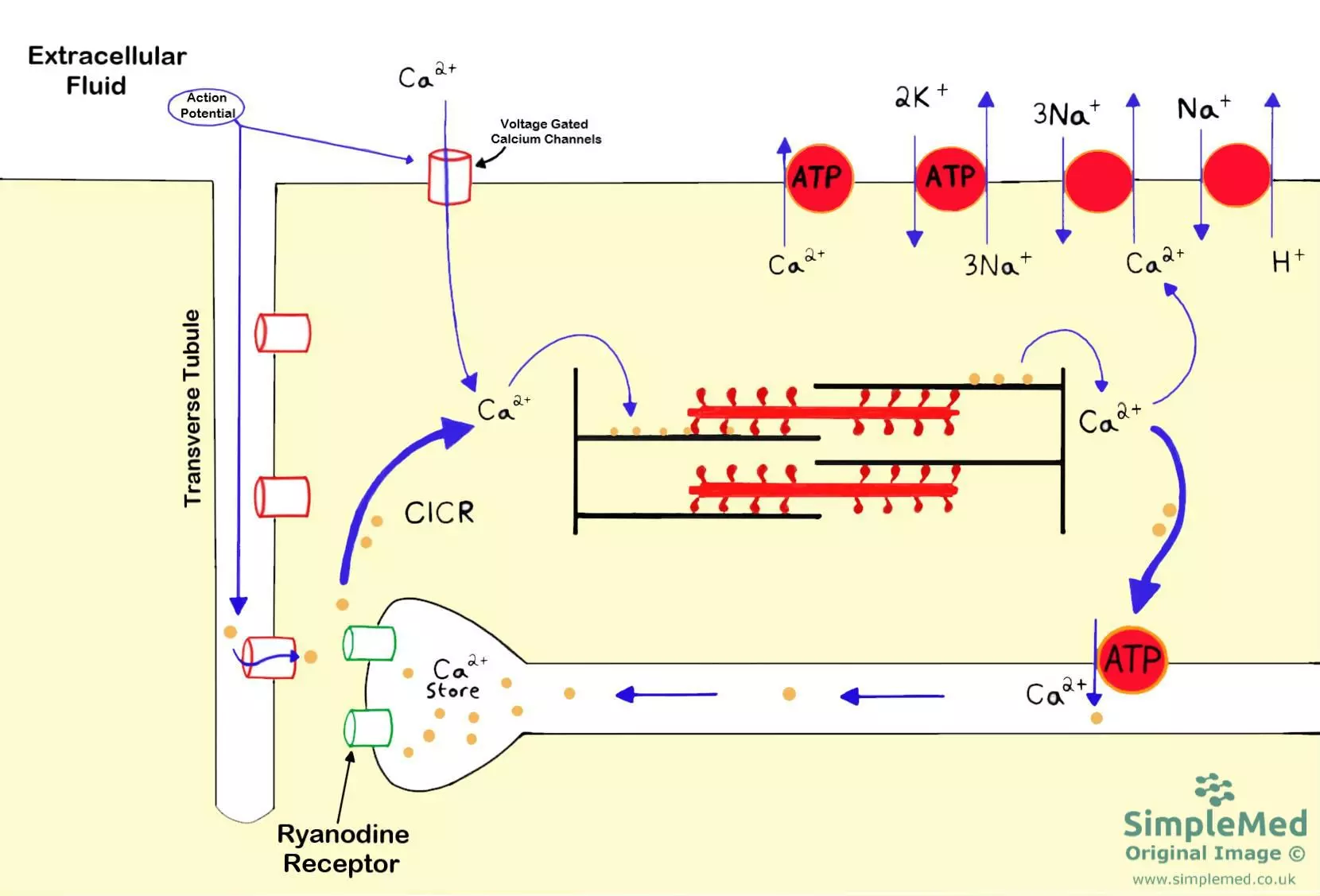
5. Cardiac Conduction and Contraction
- Be able to describe the process of cardiac muscle contraction.
- Be able to draw and explain the graphs for the physiological SA node and ventricular action potentials, and to understand how these can change in pathology.
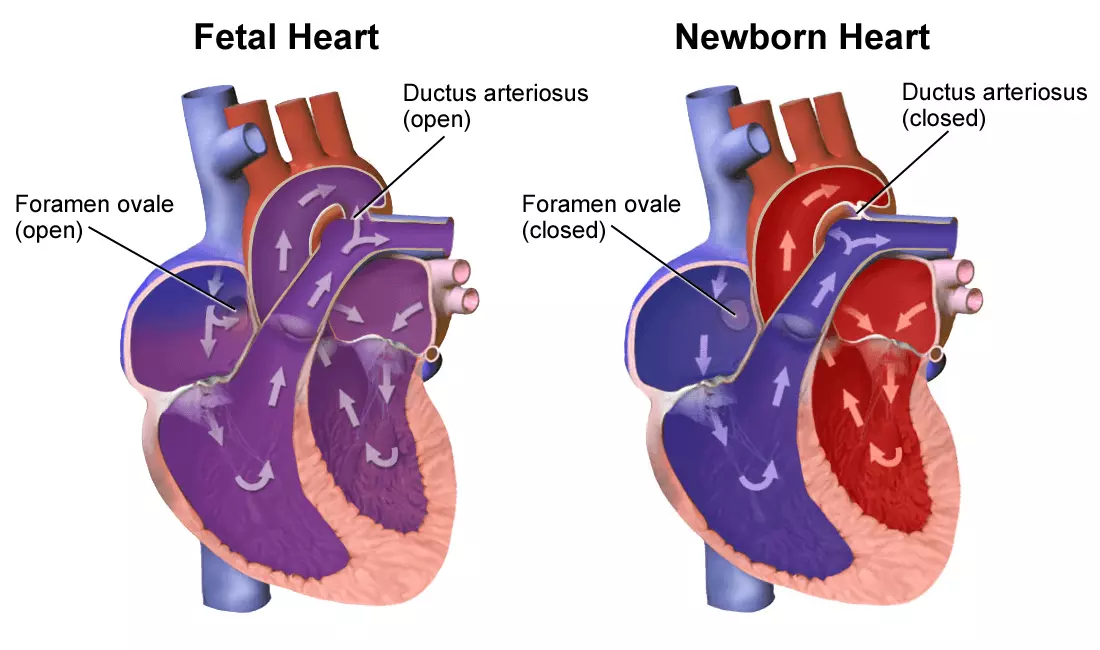
- Understand how the cardiovascular system develops in utero
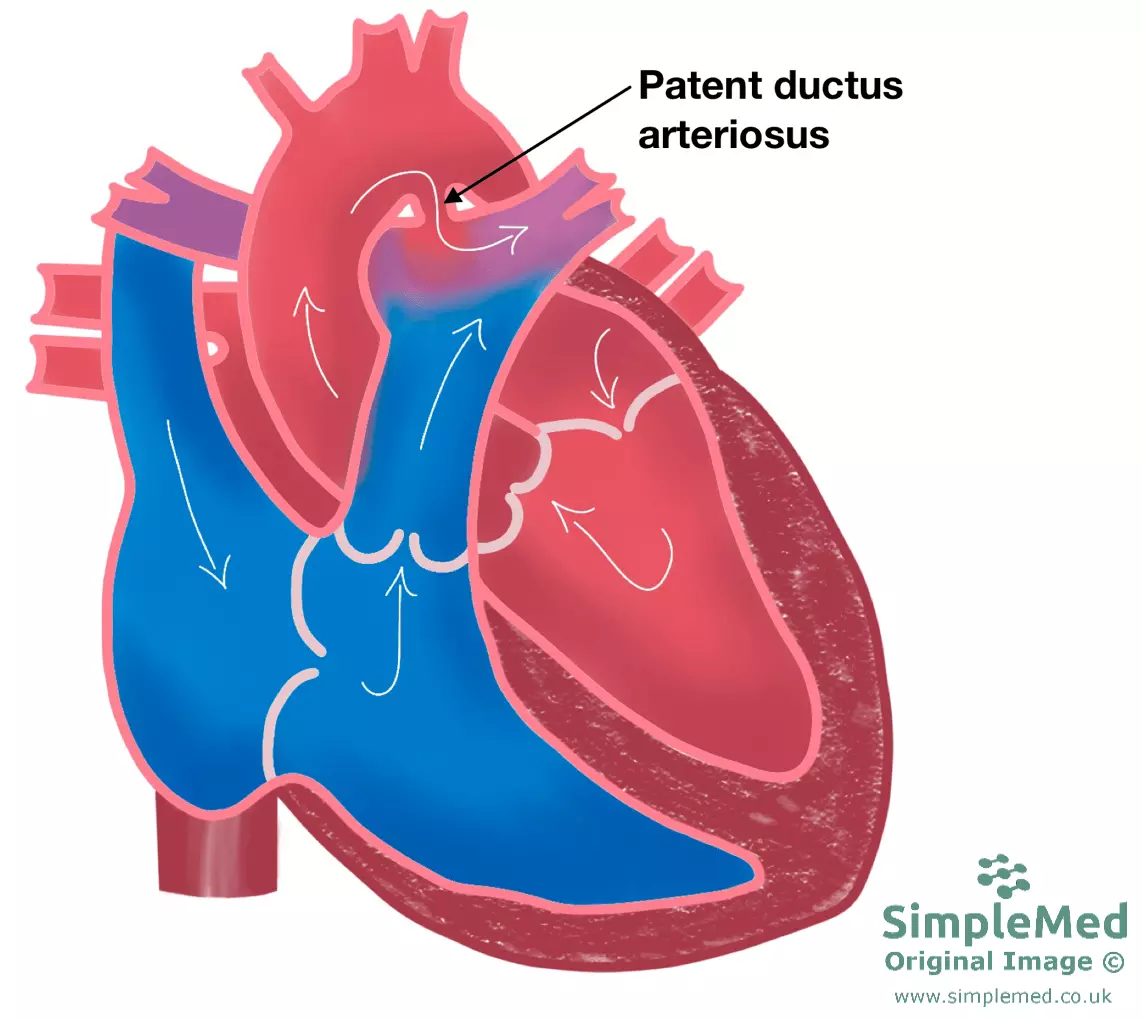
- Be able to apply understanding of the anatomy and development of the cardiovascular system to explain how congenital heart defects arise.
- Be able to explain why patients with congenital heart defects present with certain symptoms
- Understand why some babies with congenital heart defects can present with central cyanosis, and some don’t.
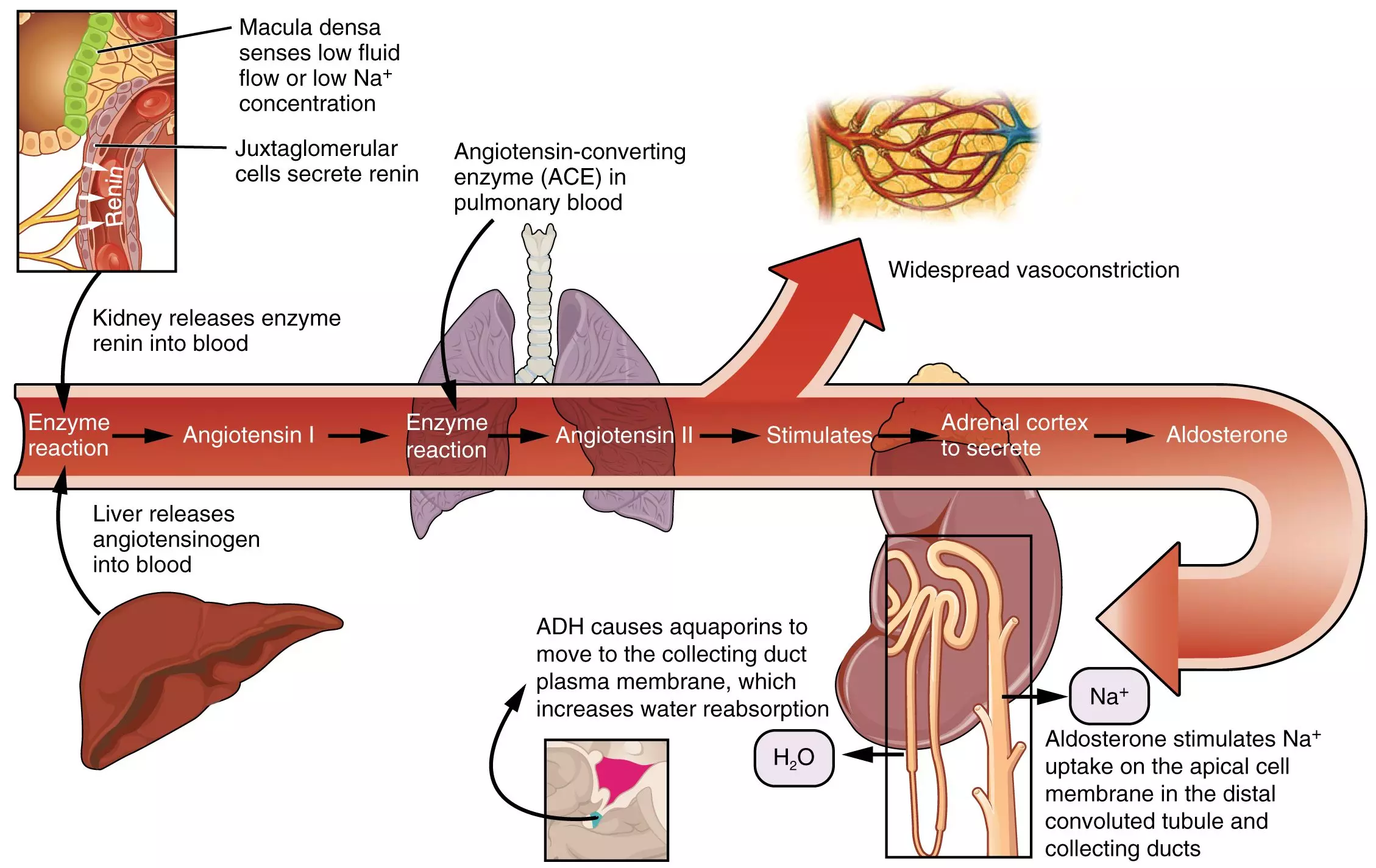
8. Hypertension
- Be able to name some causes of hypertension
- Be able to describe how blood pressure is controlled over the short and long term
- Be able to be able to name and describe the different ways that blood pressure is controlled in the long term.

- Be able to name what each lead on an ECG looks at and which artery is associated with it
- Be able to describe how depolarisation and repolarisation appear on an ECG
- Be able to calculate the heart rate using an ECG
- Be able to describe how the conduction system appears on an ECG
- Be able to name and describe the intervals seen on an ECG
- Be able to define what a sinus rhythm is
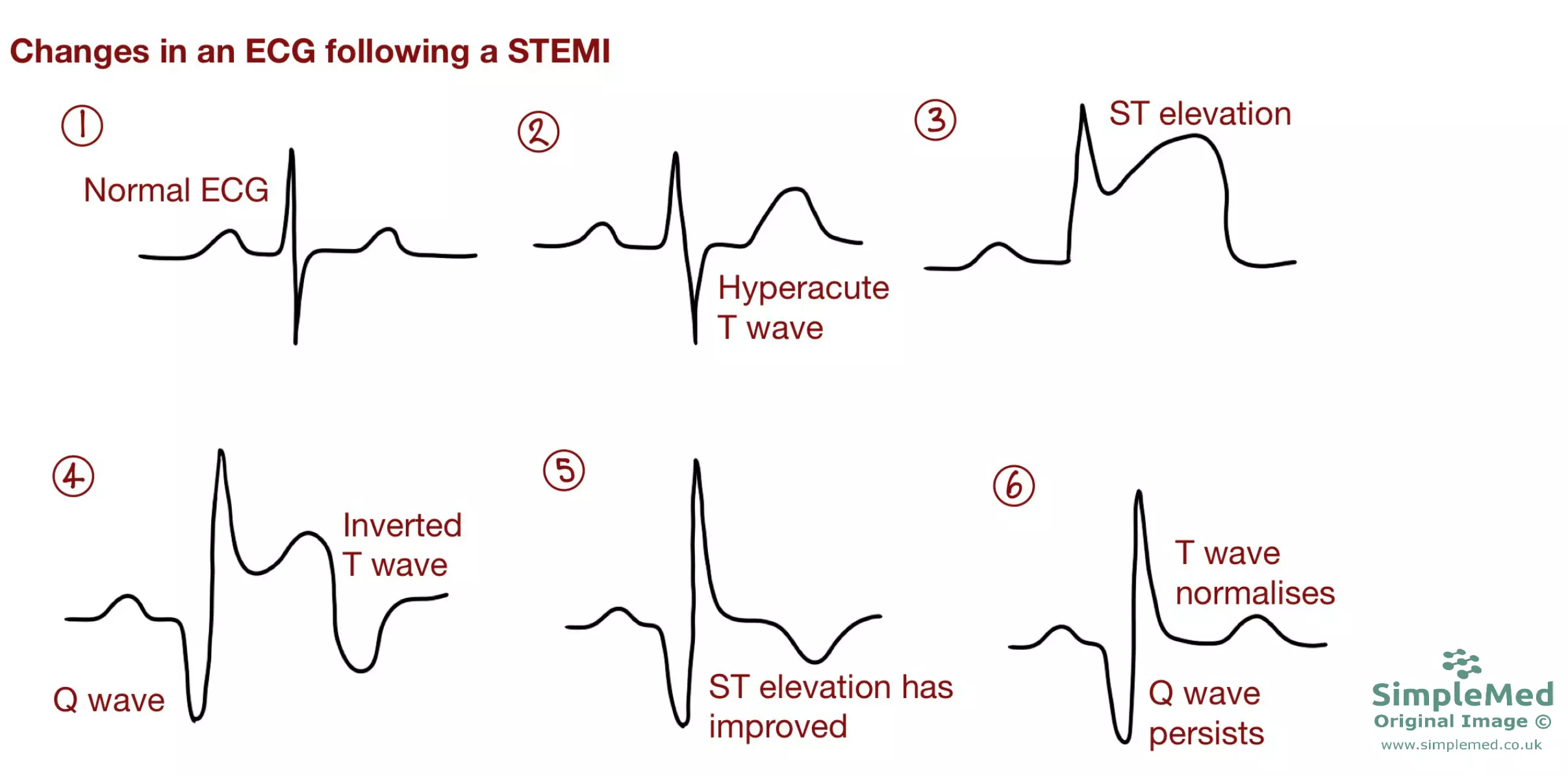
10. Electrocardiogram Pathology
- Be able to name some common cardiovascular conditions visible on an ECG.
- Be able to describe some common cardiovascular conditions and how they appear on an ECG.

- Be able to name the different types of cardiac drugs and have an idea of how they treat cardiac disease.
- Be able to name the different classes of anti-arrhythmic drugs and describe how they function.
- Be able to name the types of drugs used in the treatment of hypertension and be able to briefly describe their function.
- Be able to describe the drugs used in the treatment of angina and heart failure.
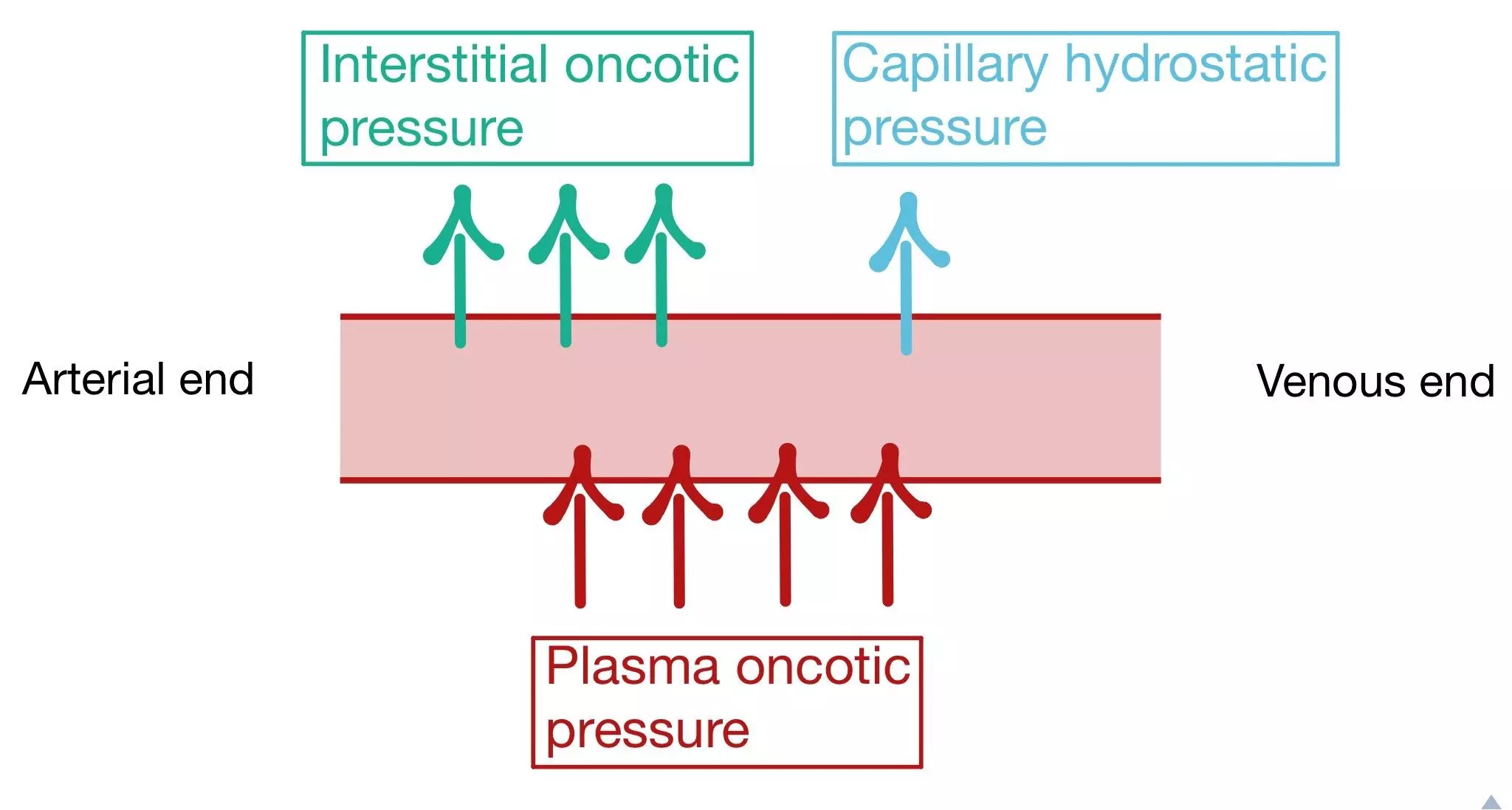
- Be able to explain the adaptations of the different circulations in the body.
- Relate these adaptations to the function of the organ.
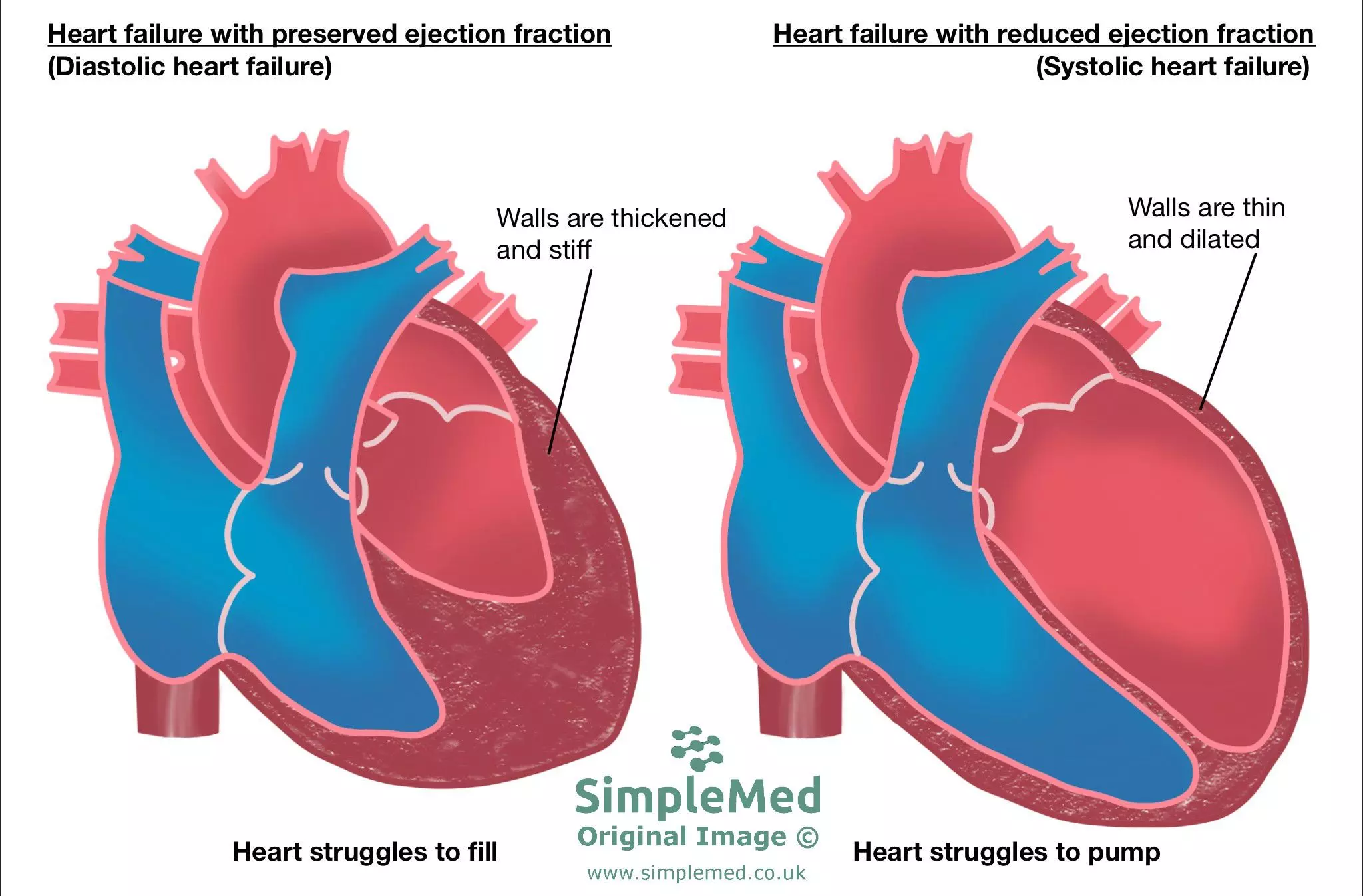
14. Heart Failure
- Be able to list some causes of heart failure
- Be able to explain the different classifications of heart failure
- Understand the pathophysiology of heart failure, and relate this to treatments
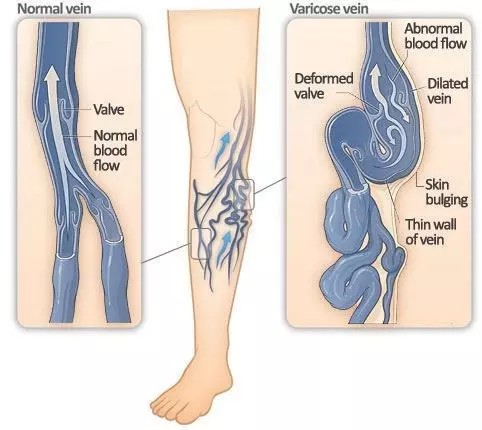
- Be able to explain pathology associated with arteries and veins and give associated complications of these.

- Be able to name the acute coronary syndromes
- Be able to describe why acute coronary syndromes occur
- Be able to name some causes of chest pain
- Be able to differentiate between causes of chest pain
- Be able to differentiate between the types of myocardial infarction and myocardial ischaemia

- Understand the principles of shock
- Be able to explain the four main causes of shock
- Be able to name some causes of shock
- Be able to describe decompensation
Finished here? Check out our other subjects!
The medical information on this site is provided as an information resource only, and is not to be used or relied on for any diagnostic or treatment purposes. This information is intended for medical education, specifically to biological/medical learning inclined individuals, and does not create any doctor-patient relationship, and should not be used as a substitute for professional diagnosis and treatment.
